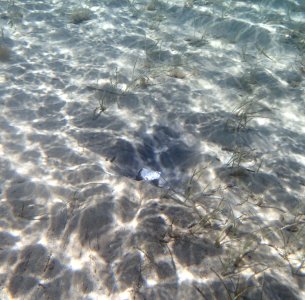Neeves
Well-known member
The seabed for the Chesapeake tests was specifically chosen by Fortress, other tests, for example those in San Francisco, were chosen by the US Navy.
The Chesapeake tests were indicative of the potential hold developed by a range of anchors - but Fortress with the flukes set at 45 degrees stood head and shoulders above the rest, surprise, surprise. The anchors were chosen on the basis of being of the size recommended for a specific yacht size. With the fluke set at 30 degrees, Fortress is as good, or bad, as a Danforth.
For those who worship at the alter of weight:
The Fortress FX37 weighing 21 lb had an average hold of 1862lb at 45 degrees and 995 lbs at 30 degrees'
A similarly sized Danforth HT, 35lb (flukes I believe are at about 30 degrees) had an average hold of 990lb (and Fortress with the flukes set at 30 degrees returned an average hold of 995lb). So much for the religion of weight.
I don't criticise in any way Fortress choice of location - in soupy mud we would, exclusively, use a Fortress set at 45 degrees, and we kept our Fortress FX 23 with the flukes set at 45 degrees in our bow locker always ready to deploy. In sand we would use either our 8kg aluminium Spade or Excel. For comparison a 45lb Spade developed an average hold of 546lb (vs the 30 degree, 21lb, Fortress of 995lbs), Excel was not tested.
We do try to avoid soupy mud
Jonathan
The Chesapeake tests were indicative of the potential hold developed by a range of anchors - but Fortress with the flukes set at 45 degrees stood head and shoulders above the rest, surprise, surprise. The anchors were chosen on the basis of being of the size recommended for a specific yacht size. With the fluke set at 30 degrees, Fortress is as good, or bad, as a Danforth.
For those who worship at the alter of weight:
The Fortress FX37 weighing 21 lb had an average hold of 1862lb at 45 degrees and 995 lbs at 30 degrees'
A similarly sized Danforth HT, 35lb (flukes I believe are at about 30 degrees) had an average hold of 990lb (and Fortress with the flukes set at 30 degrees returned an average hold of 995lb). So much for the religion of weight.
I don't criticise in any way Fortress choice of location - in soupy mud we would, exclusively, use a Fortress set at 45 degrees, and we kept our Fortress FX 23 with the flukes set at 45 degrees in our bow locker always ready to deploy. In sand we would use either our 8kg aluminium Spade or Excel. For comparison a 45lb Spade developed an average hold of 546lb (vs the 30 degree, 21lb, Fortress of 995lbs), Excel was not tested.
We do try to avoid soupy mud
Jonathan
Last edited:


